The best safari is an ethical one!
Violation of any mentioned rules will
invite legal action and fine.

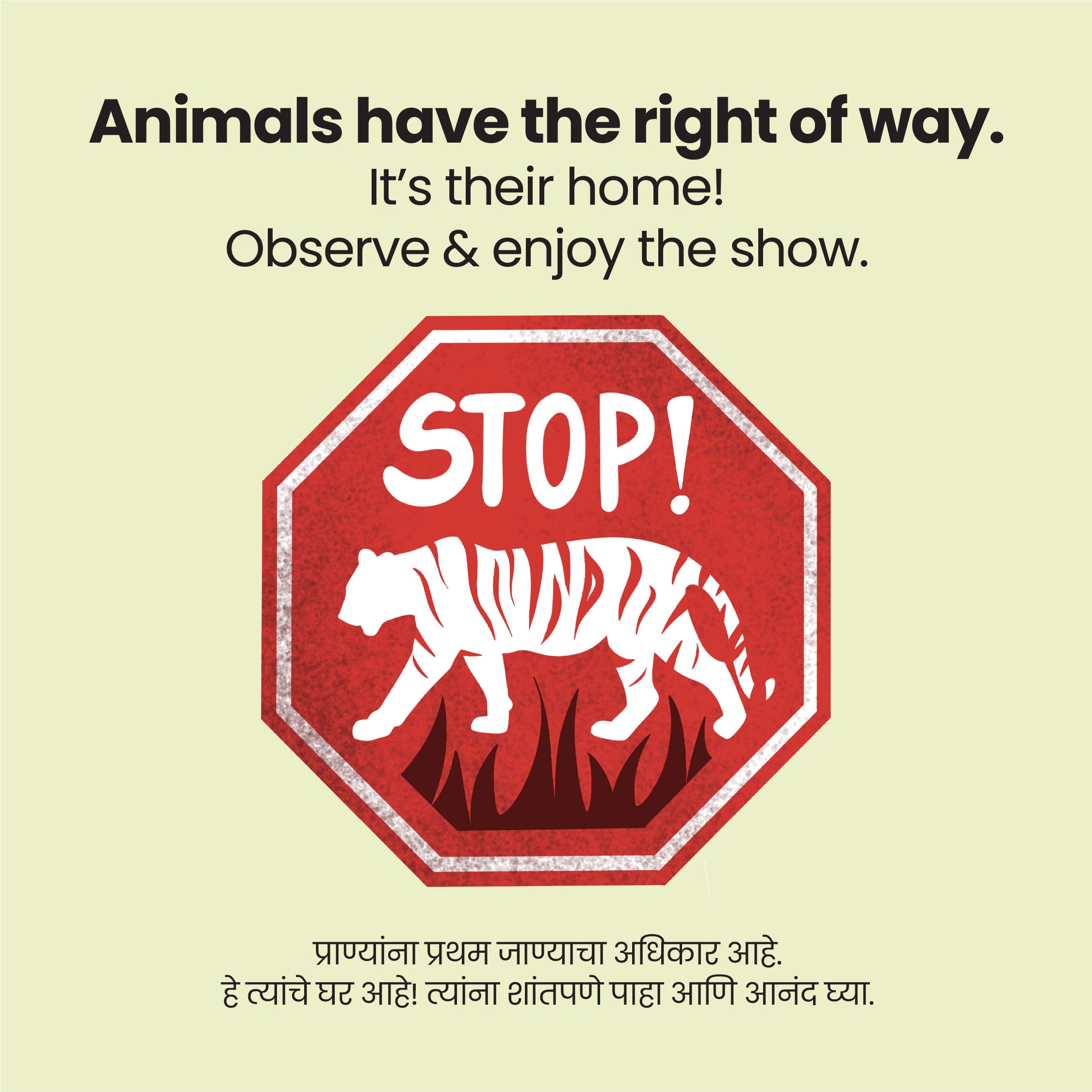

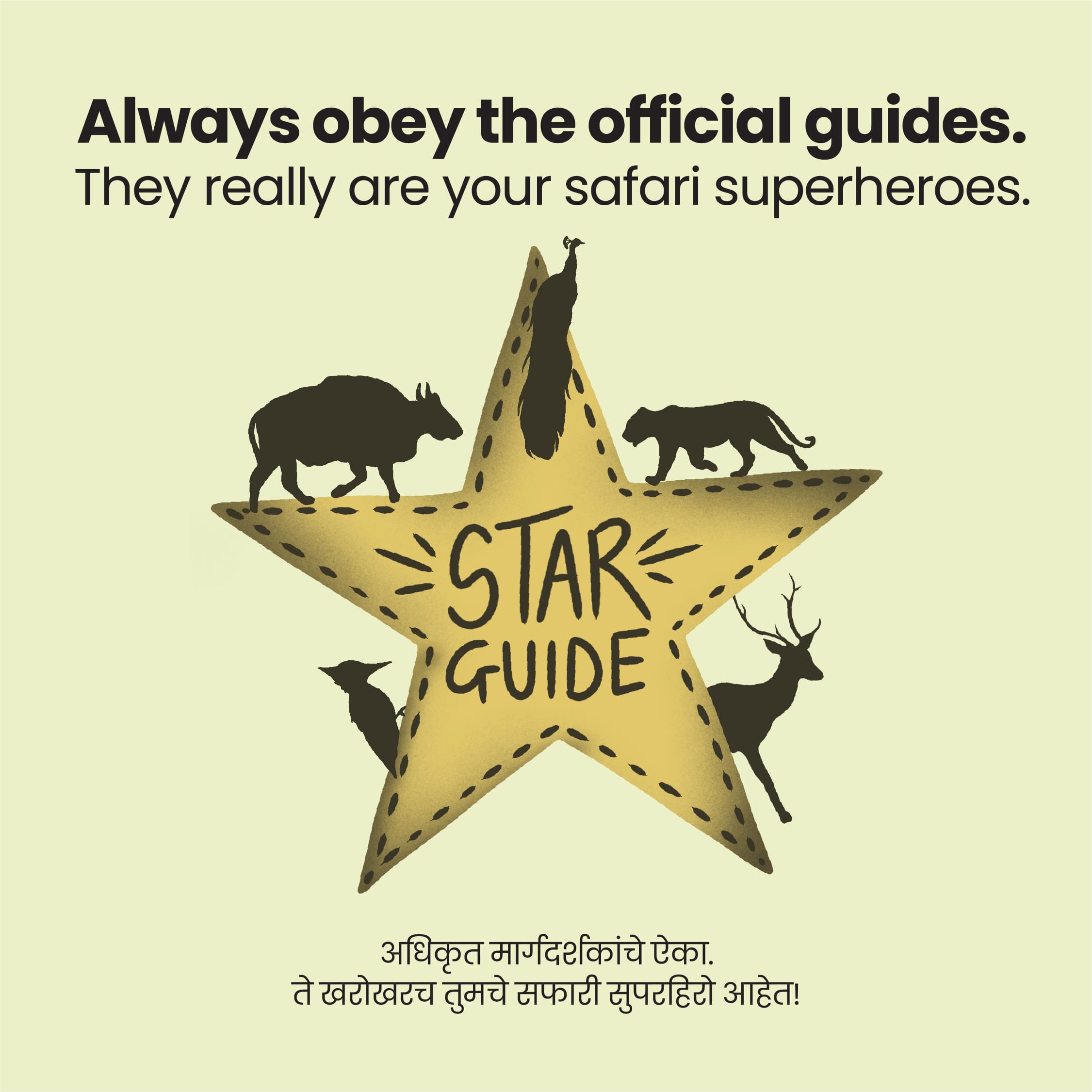

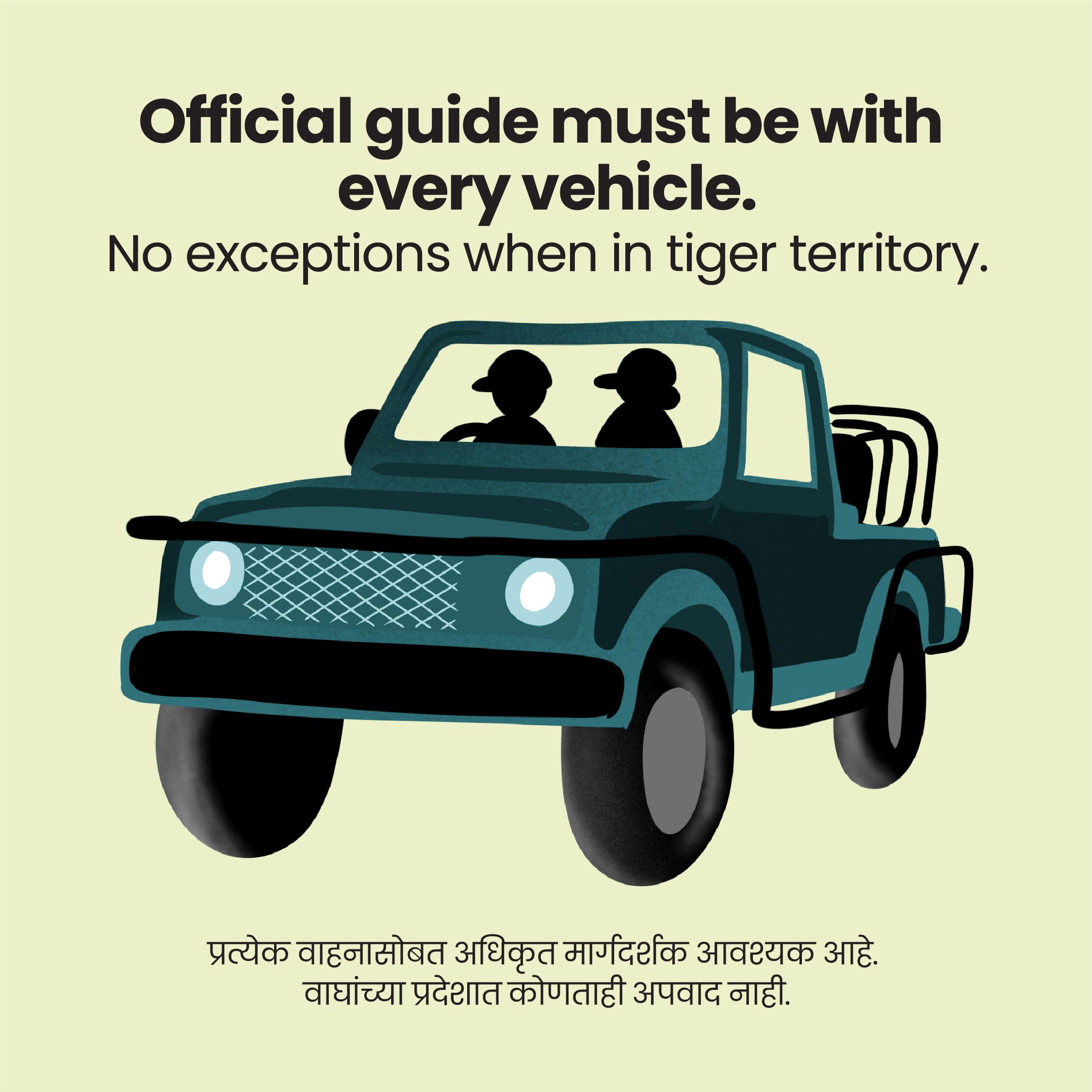

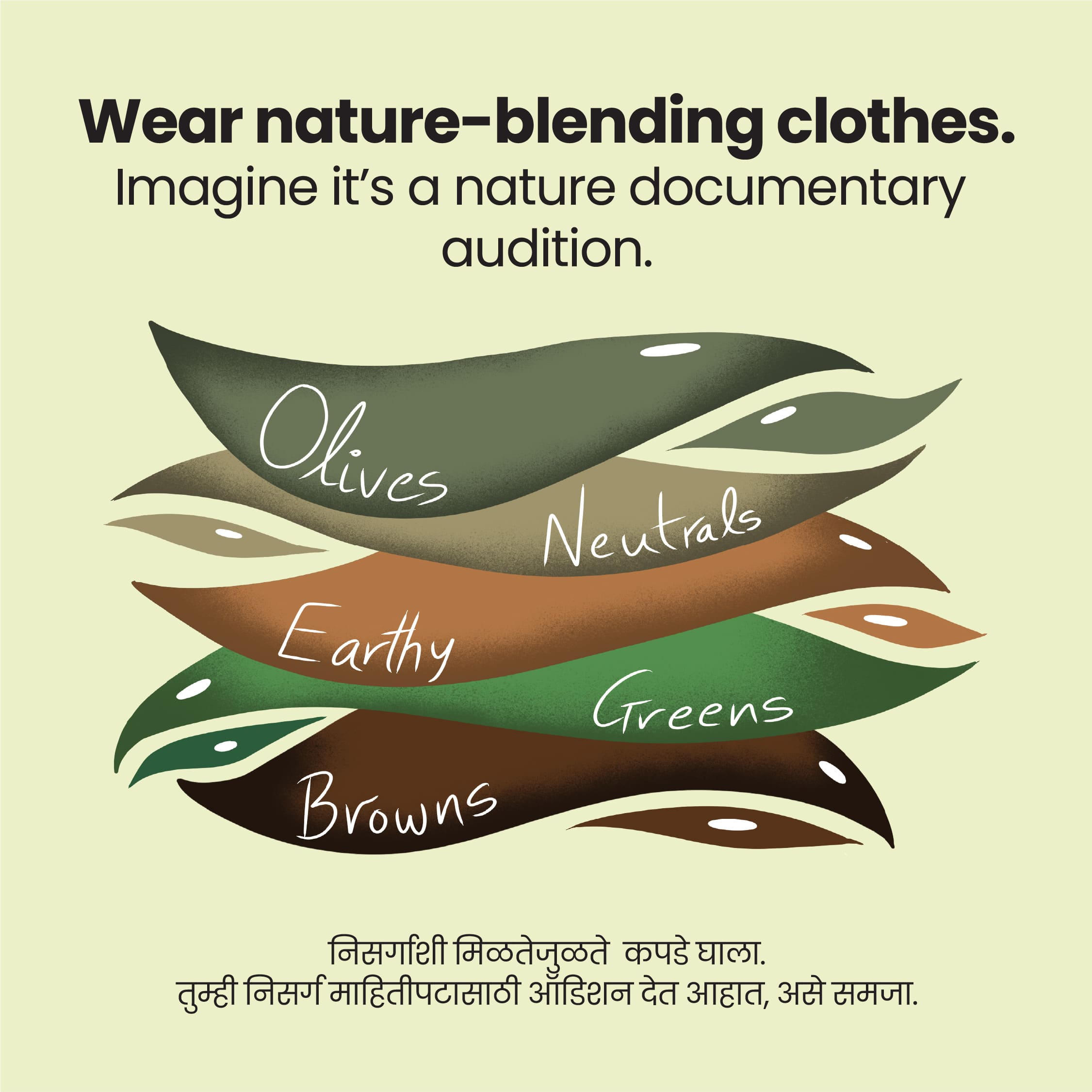






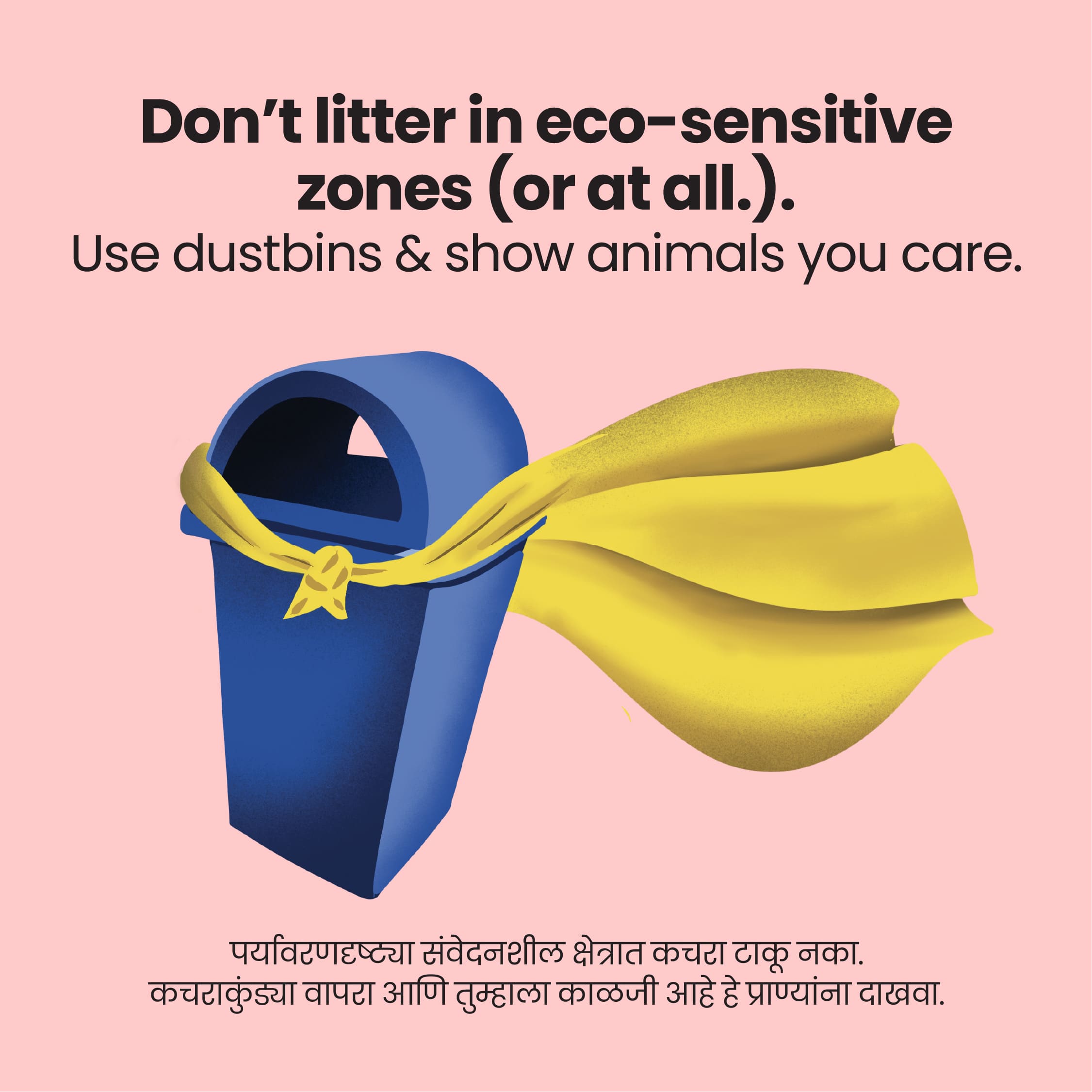
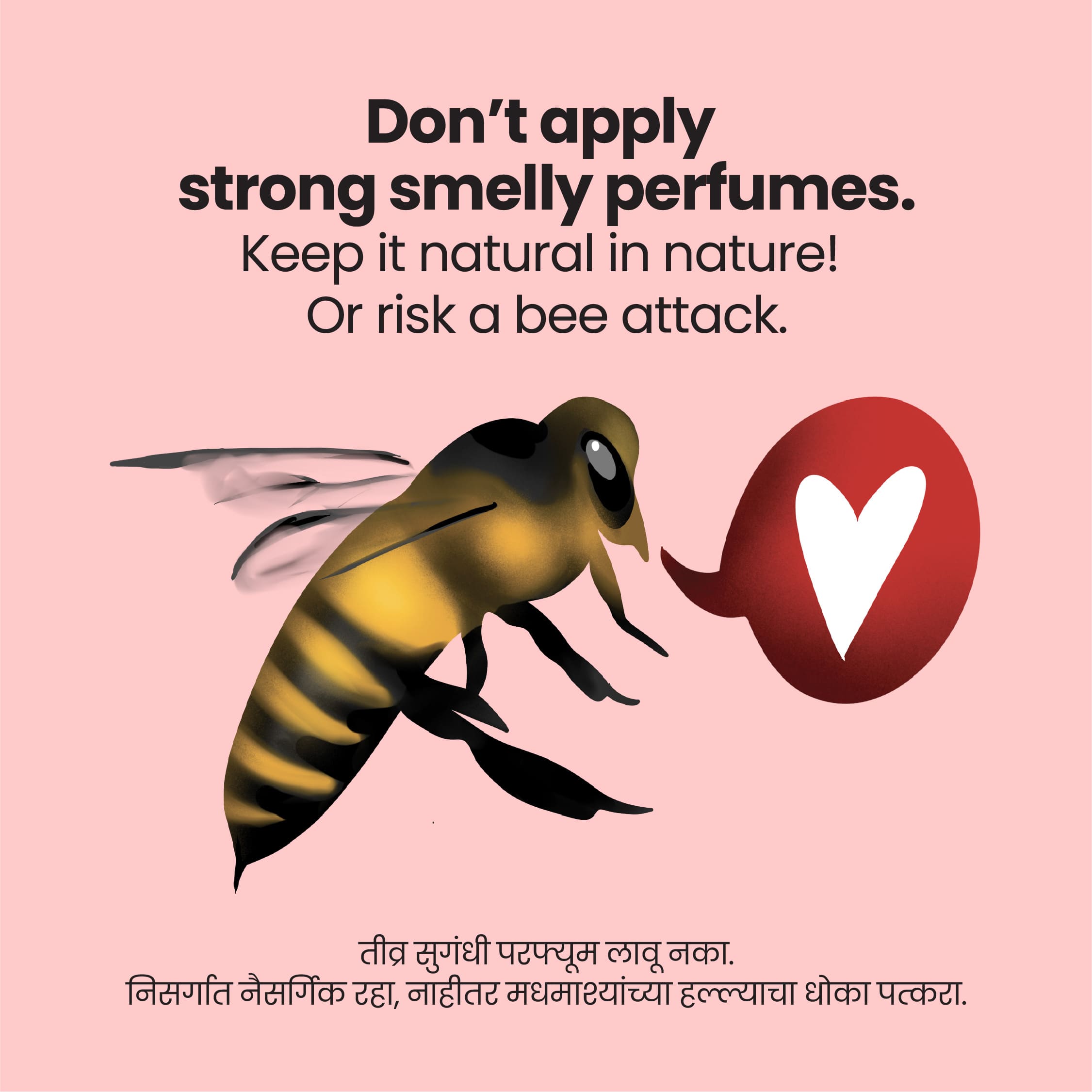

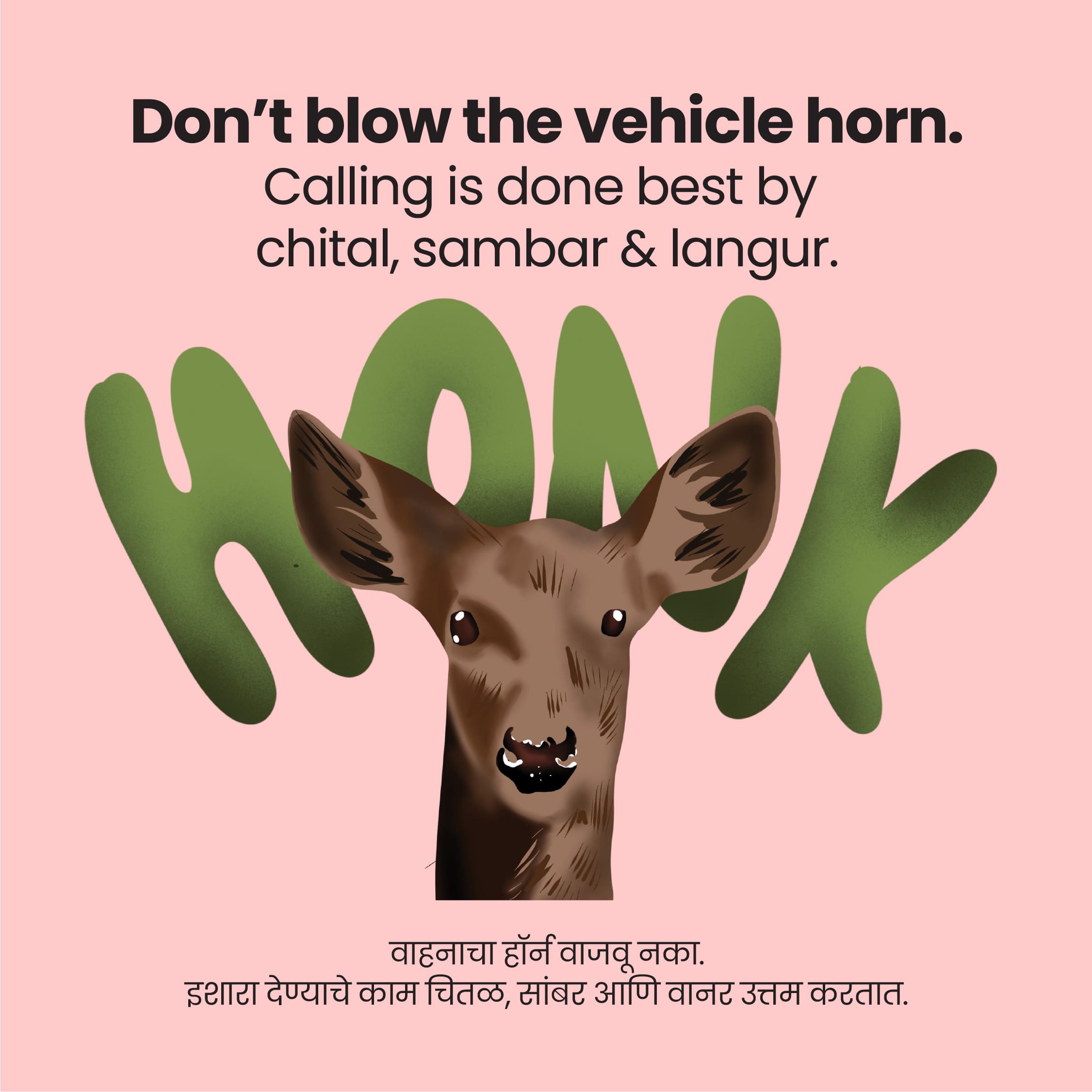


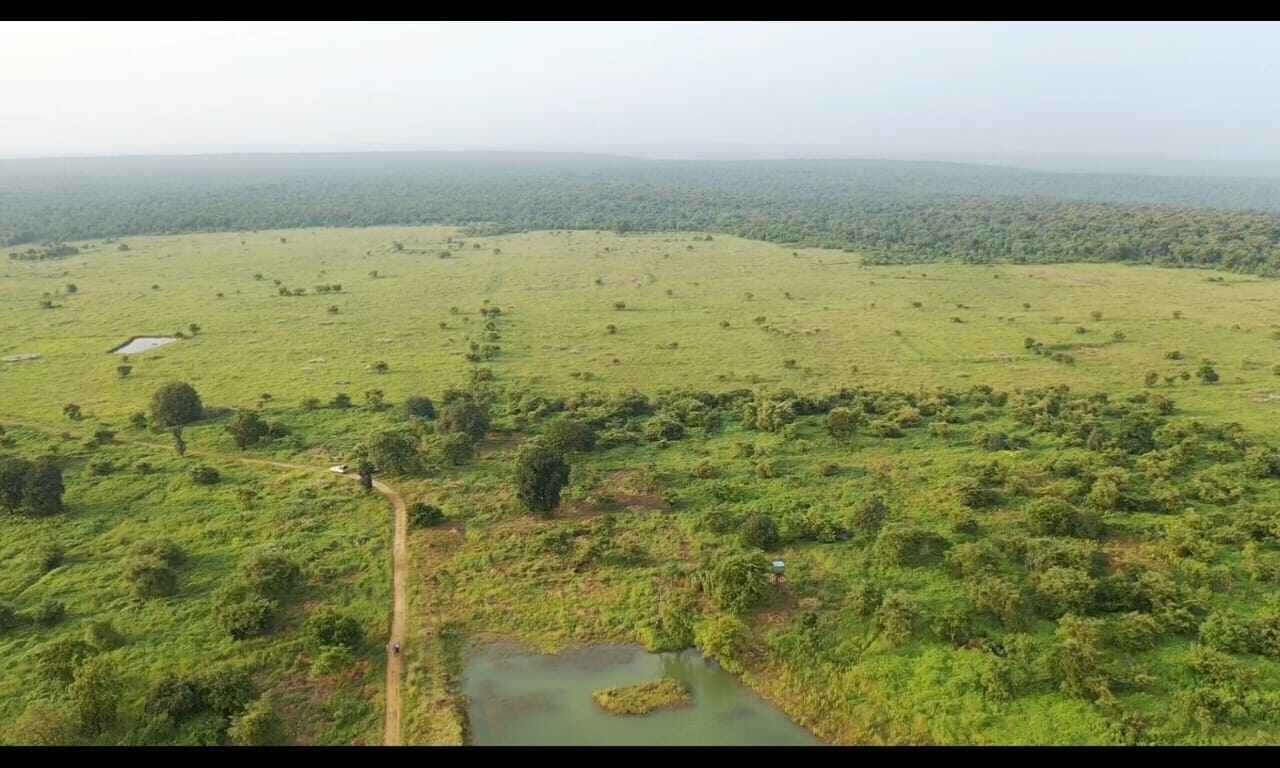
Grasslands are critical to the health of any ecosystem as they provide the necessary grazing, resting, hiding, and breeding ground for all types of prey and predator animals dwelling in an area. They are typically the area in which the vegetation is dominated by continuous cover of grasses and some herbs, shrubs, and wild leguminous plants. The roots of the grass and the plants maintain the soil water / moisture and prevent it from evaporation during the summer season thus helping conserve the quality of the soil.
Grasslands in Central India are of taller and intermediate type, but the annual form of grasslands are adapted for different climatic conditions. Total 24% of the geographical area of India is covered with grasslands which are decreasing day-by-day due to the invasion of woody species and weeds. The grasslands are heterogeneous in composition. Grasslands are mainly found in Gujrat , Maharashtra , Madhya Pradesh , and Uttar Pradesh. Banni grassland from Kutch, Gujarat is the largest grassland in India.
Incidentally there are no natural pastures within Tadoba-Andhari Tiger Reserve area. However after the rehabilitation of villages like Navegaon, Jamni, Pandharpauni, and Palasgaon new grasslands are being developed and managed in a scientific manner. The roadside grasslands and internal grassland patches play vital role in interconnection of grasslands of TATR. Around 885 hectares of grassland amounts to 7-9 % of the total Tadoba landscape.
All three types of grass varieties – smaller, intermediate, and taller –can be found here. The most noteworthy among them is Vetiver grass (scientific name - Vitiveria Zizanioides), also called Khus and is found in Vidarbha region of Maharashtra. This grass is native of India and Tropical Asia. Predators like tigers, leopards have been observed to use the 4-5 feet Khus grass clumps to make ambush attacks on deers or wild boars approaching the lakes like Tadoba, Telia, or Jamni. Another predominant local grass variety is Cynodon dactylon, commonly known as Harali grass. It’s a perennial, palatable grass used by spotted deers in grazing habitat.
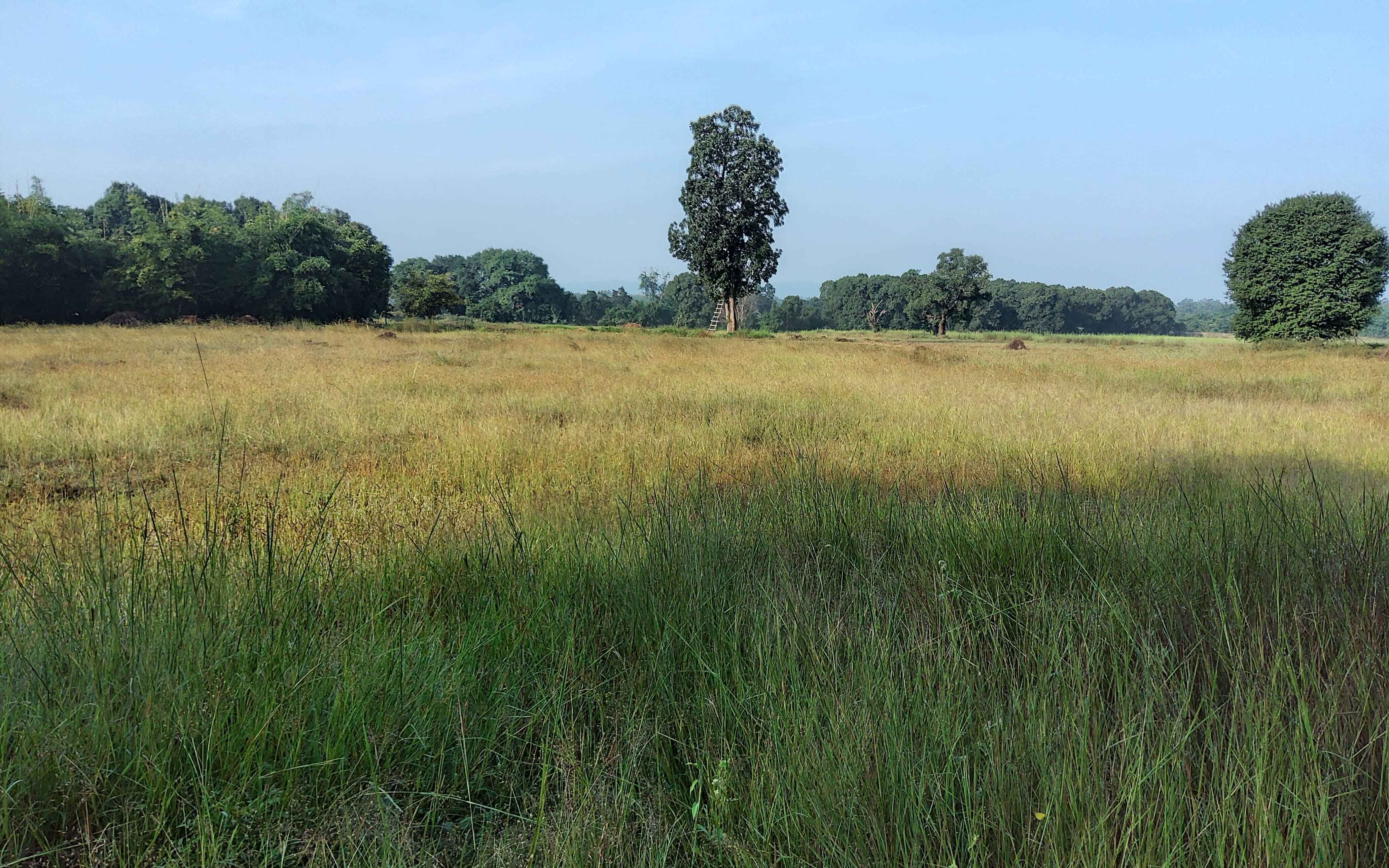
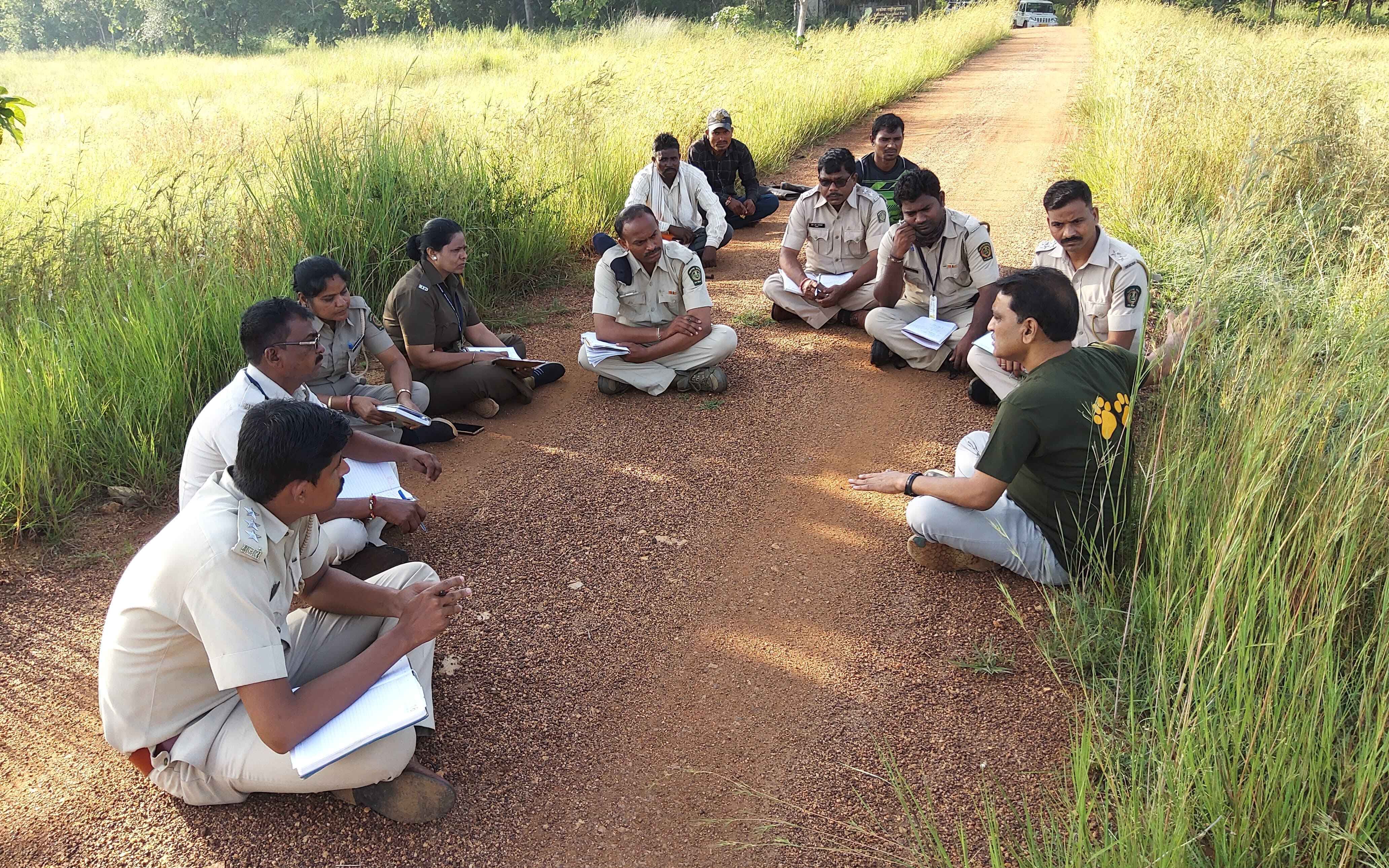
The rich diversity in the TATR also offers almost 6 to 7 different wild leguminous plants in the grasslands here. Hyptis saveolens (Bhutganjya ) is a dominant weed in grassland. Amphiterrestrial grasses are distributed in the water bodies in the grasslands. The most challenging work is removal of Zadu gawat and its restoration.
Management of these grasslands is a challenging process. Weeds and other unwanted woody species have to be identified in time for removal, those have to be uprooted before fruiting, ecological restoration processes have to be undertaken in the prescribed scientific way, and grassland has to be enriched / restored by selected and suitable grasses. It is a process which goes on throughout the year.
The frontline staff in each range of TATR are trained for grasslands management. They prepare maps of each grassland, identify grasses and weeds, demarcate areas for weeds removal, uproot the weeds 2-3 times a year before fruit formation, and prepare herbarium. The staff is also trained to identify wild leguminous plants, collect seeds, prepare grass seed plots, and store the seeds for the enrichment of grasslands with suitable grasses. Along these tasks they also have to maintain grasslands management registers.
There are two different methods for ecological restoration of grass – seeds addition and grasses bundles with seeds addition. This activity is carried out in the month of November or December. Grass seeds collection is completed within appropriate time with respect to seeds maturation i.e. in the month of May and June. Grass seeds start broadcasting before rains. -Rehabilitated village areas, or Gaothan areas as they are commonly referred to, are selected for restoration by good fodder grasses. Relief enclosures are prepared for seeds collection and rotational grazing.
| Sr. No. | Palatable / Fodder Grasses | Common Name | Herbivores |
|---|---|---|---|
| 1 | Cynodon Dactylon | Harali Grass | Spotted Deers, Barking Deers |
| 2 | Dicanthium Annulatum | Lahan Marvel Grass | Spotted Deers, Barking Deers |
| 3 | Dicanthium Caricosum | Mothi Marvel Grass | Sambar, Indian Gaur, Blue Bulls |
| 4 | Heteropogon Contortus | Kusal Grass | Sambar, Indian Gaur, Blue Bulls |
| 5 | Iselima Laxum | Moshan Grass | Sambar, Indian Gaur, Blue Bulls, Spotted Deers |
| 6 | Themeda Quadrivalvis | Ghonyad Grass | Indian Gaur, Blue Bulls |
| 7 | Setaria Pumilla | Ran Bajra | All soft fodder herbivores |
| 8 | Bothriochloa Tuberosa | Vaidy Grass | Sambar, Gaur, Blue Bulls |
| 9 | Iselima Prostratum | Moshan Grass | Sambar, Indian Gaur, Blue Bulls, Spotted Deers |
| 10 | Ischmemum Indicum, I. Rugosum | Ber – Lahan, Motha | Spotted Deers, Barking Deers, Indian Gaur |